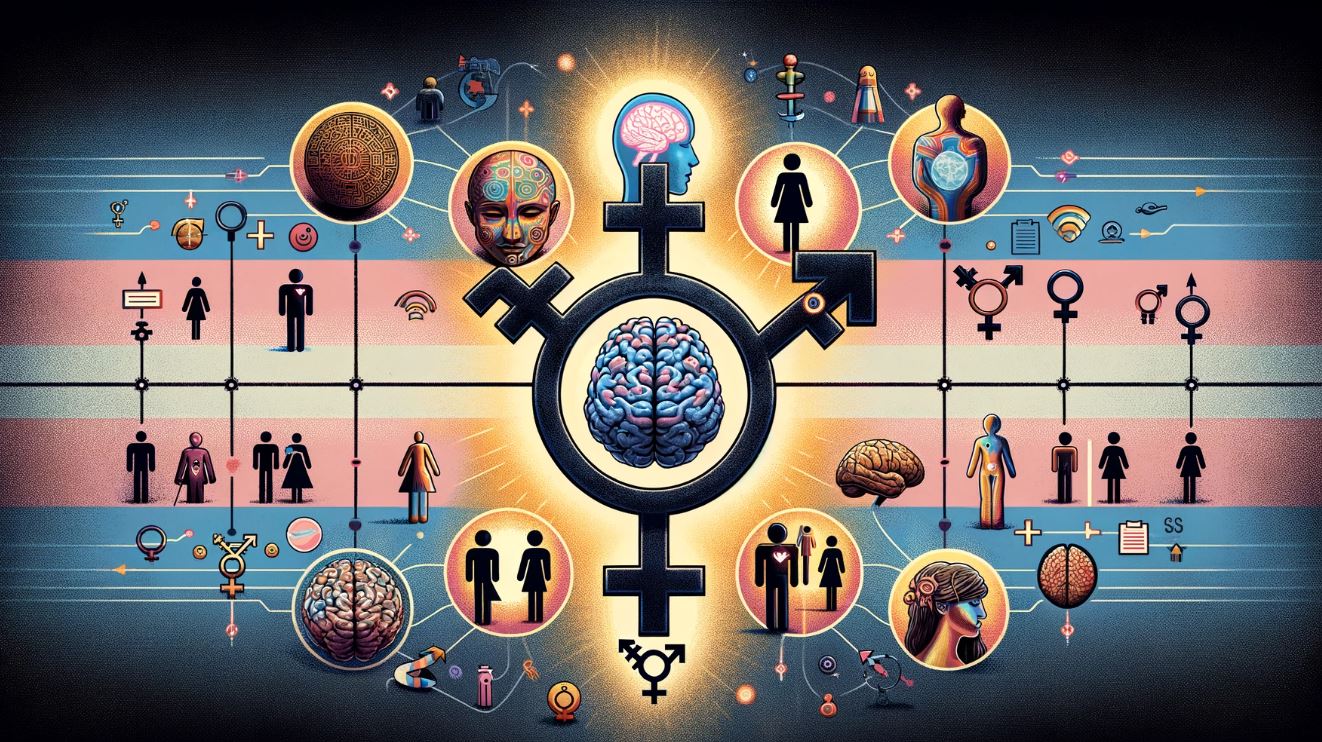Transgender : 5 Myths Debunked
In today’s world, understanding and accepting transgender individuals is crucial for fostering inclusivity and respect. However, misinformation and myths often cloud the public’s perception of transgender issues. This article aims to debunk five common myths surrounding transgender people, promoting a better understanding and support for the transgender community.
Myth 1 : Transgender Identity is a Modern Concept
- Fact: Transgender individuals have existed throughout history. Many ancient cultures, such as those in India, Native America, and Polynesia, recognized non-binary gender roles. The contemporary understanding of transgender identities might be new, but the existence is historical.
Myth 2 : Being Transgender is a Mental Illness
- Fact : Major medical organizations, like the American Psychiatric Association, have stated that being transgender is not a mental disorder. Gender dysphoria, the distress a person feels due to a mismatch between their gender identity and their sex assigned at birth, is recognized as a medical condition and can be alleviated by gender-affirming treatments.
Myth 3 : Transgender People are Confused About Their Gender
- Fact: Transgender people have a clear understanding of their gender identity. It is a deeply held sense of being male, female, or something else, and is not about being “confused.” Acceptance and support are crucial for their mental and emotional health.
Myth 4 : All Transgender People Undergo Surgery
- Fact : Transitioning varies greatly among transgender individuals. It can include physical changes through surgery or hormone therapy, but not all transgender people choose or can afford these medical procedures. Transitioning is also about social and legal changes, like name changes and dressing according to their gender identity.
Myth 5 : Transgender People Are a Danger to Others
- Fact: There is no evidence supporting the claim that transgender people are a danger to others. This myth is often used to justify discriminatory policies. Studies show that transgender individuals are more likely to be victims of violence than perpetrators.
Conclusion
Debunking these myths is essential in creating a society that respects and understands transgender people. Knowledge and empathy are key in combating misinformation and prejudice, leading to a more inclusive world.
FAQ Section
- What does transgender mean ?
- Being transgender means that a person’s gender identity does not align with the sex they were assigned at birth.
- How can I support a transgender individual ?
- Respect their pronouns, offer emotional support, educate yourself about transgender issues, and advocate for their rights.
- Can children be transgender ?
- Yes, children can experience gender dysphoria and identify as transgender. Support and understanding from parents and guardians are crucial for their well-being.
- Is hormone therapy safe for transgender people ?
- Hormone therapy is considered safe and effective when supervised by medical professionals and is an important part of many transgender individuals’ transitions.
- How can I educate others about transgender issues ?
- Share accurate information, confront myths and stereotypes, and encourage open, respectful conversations about transgender identities and experiences.














+ There are no comments
Add yours